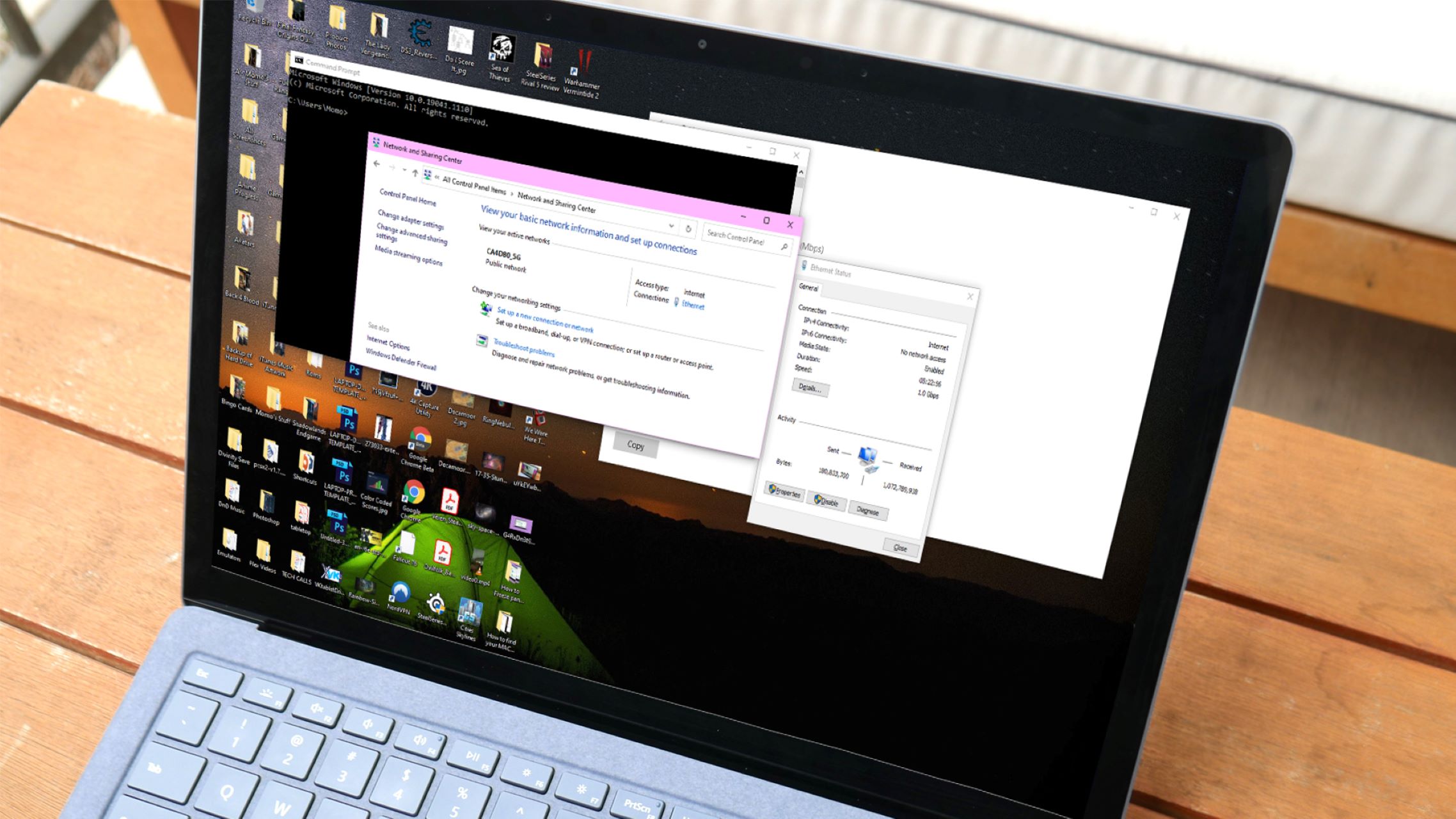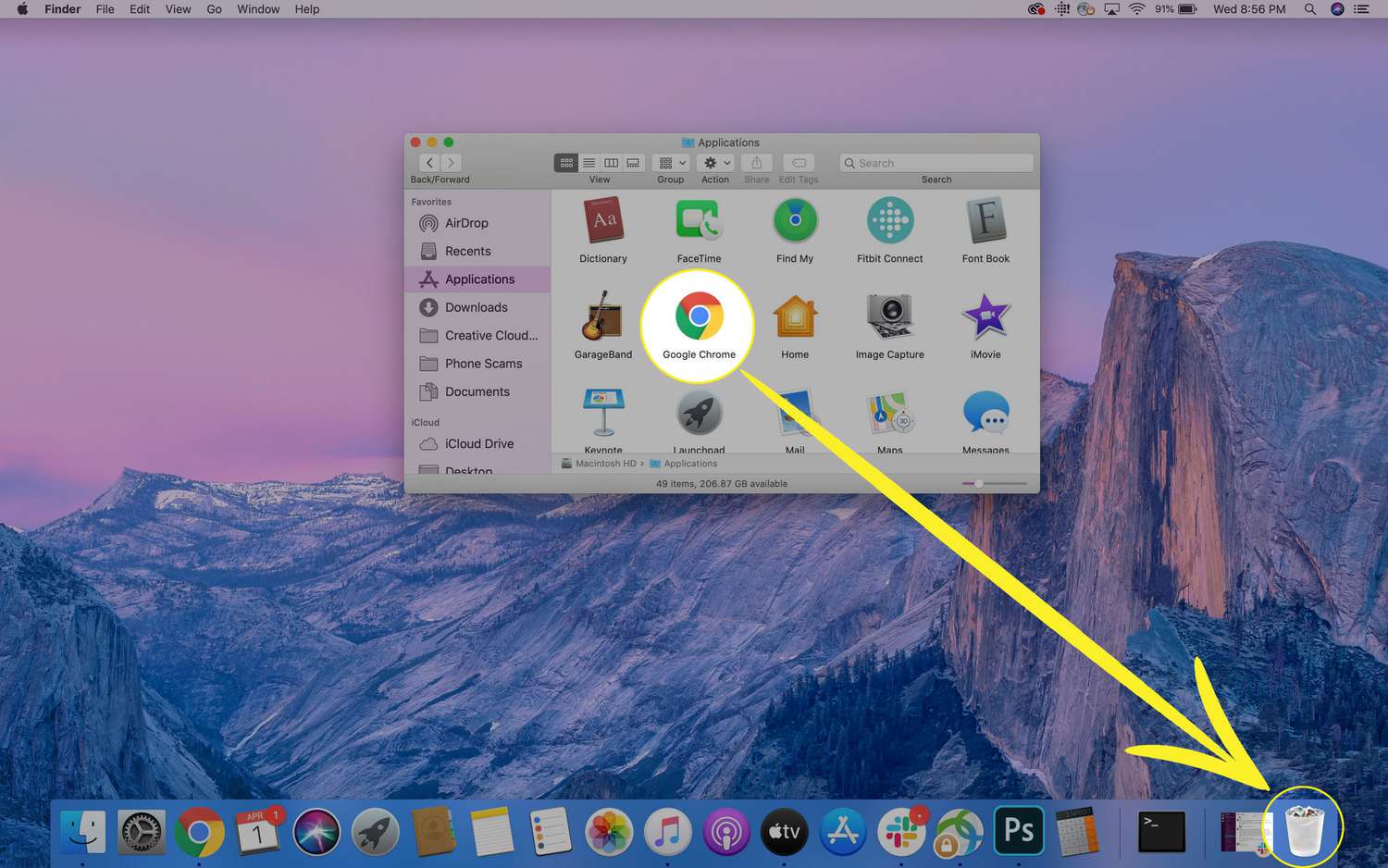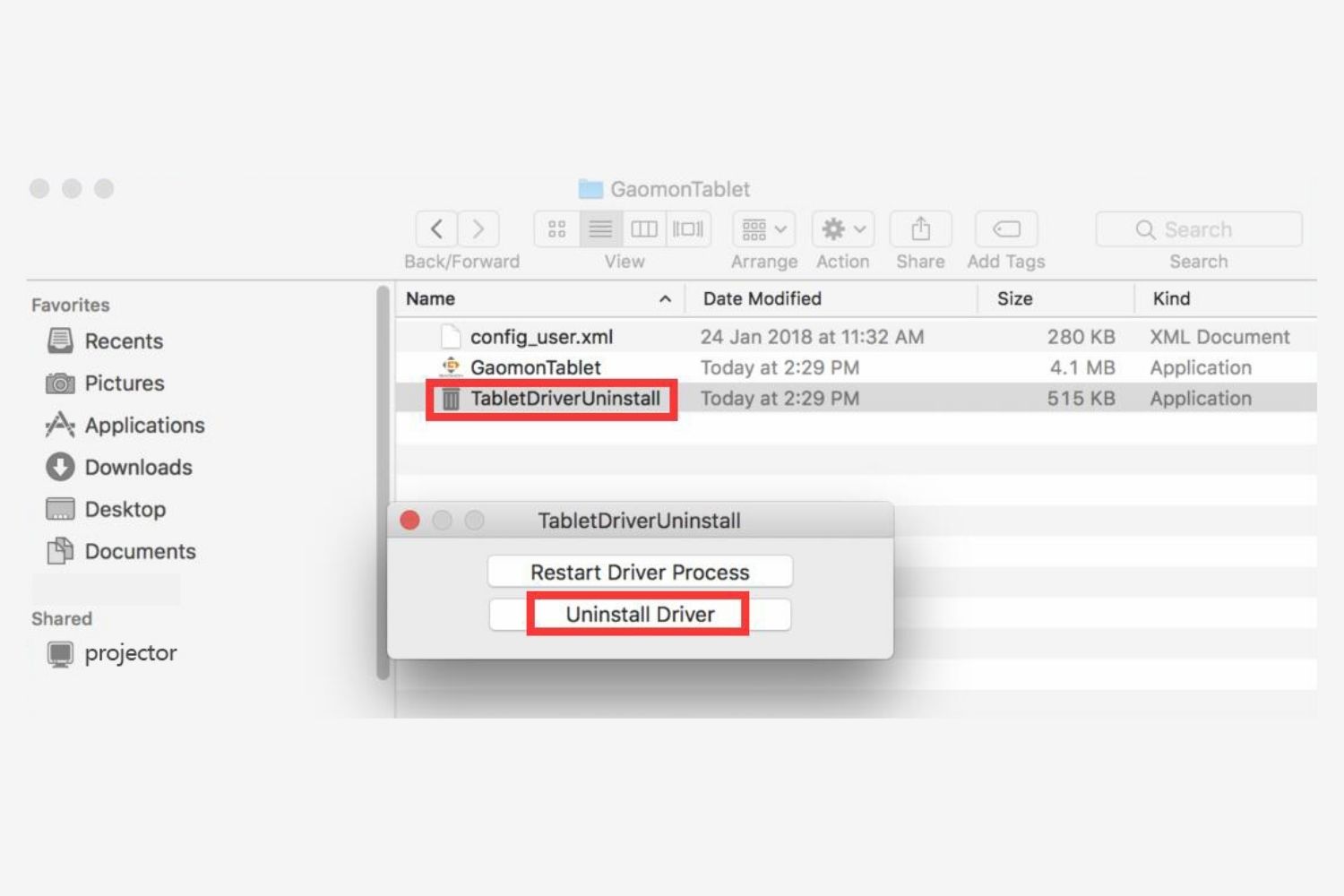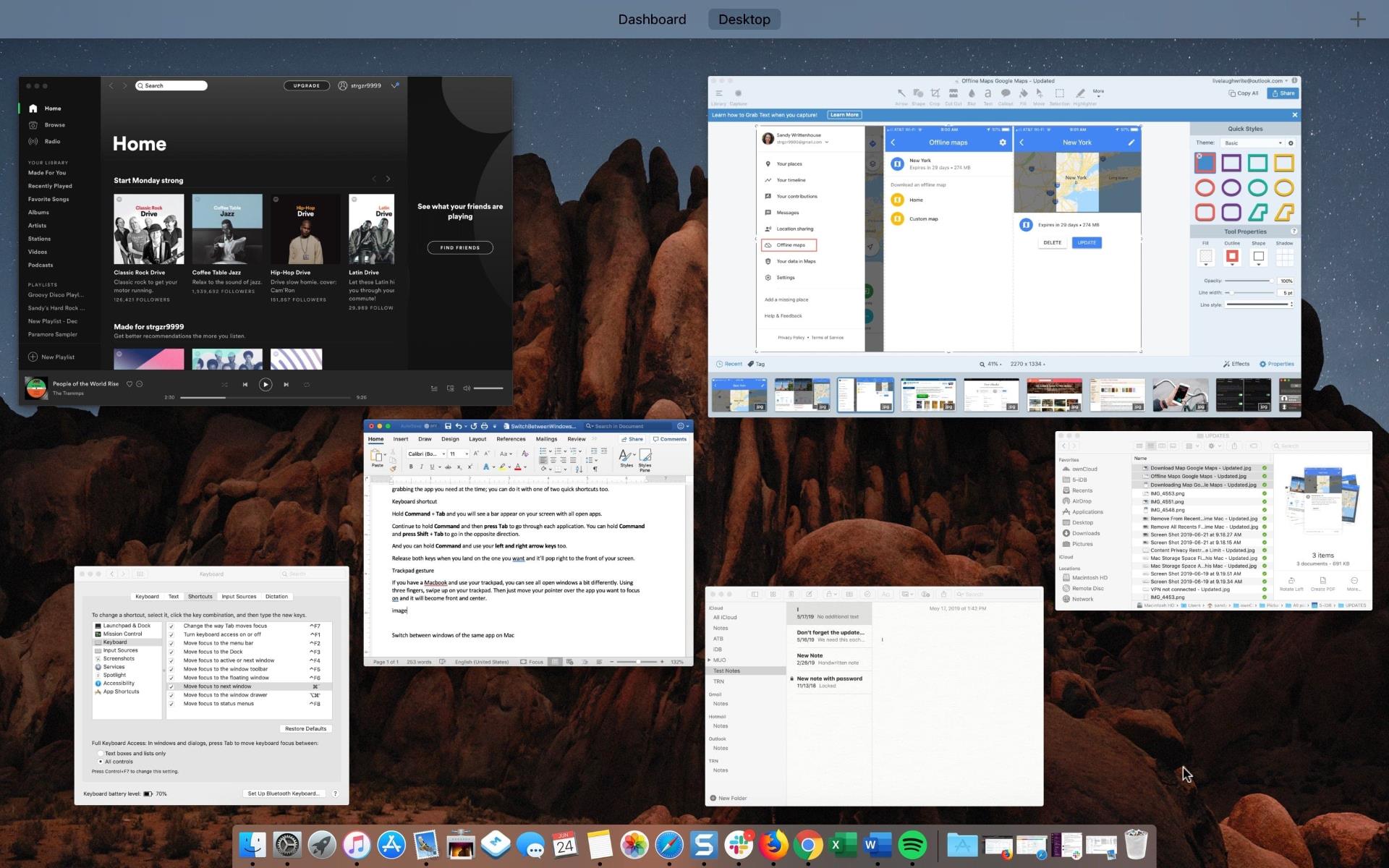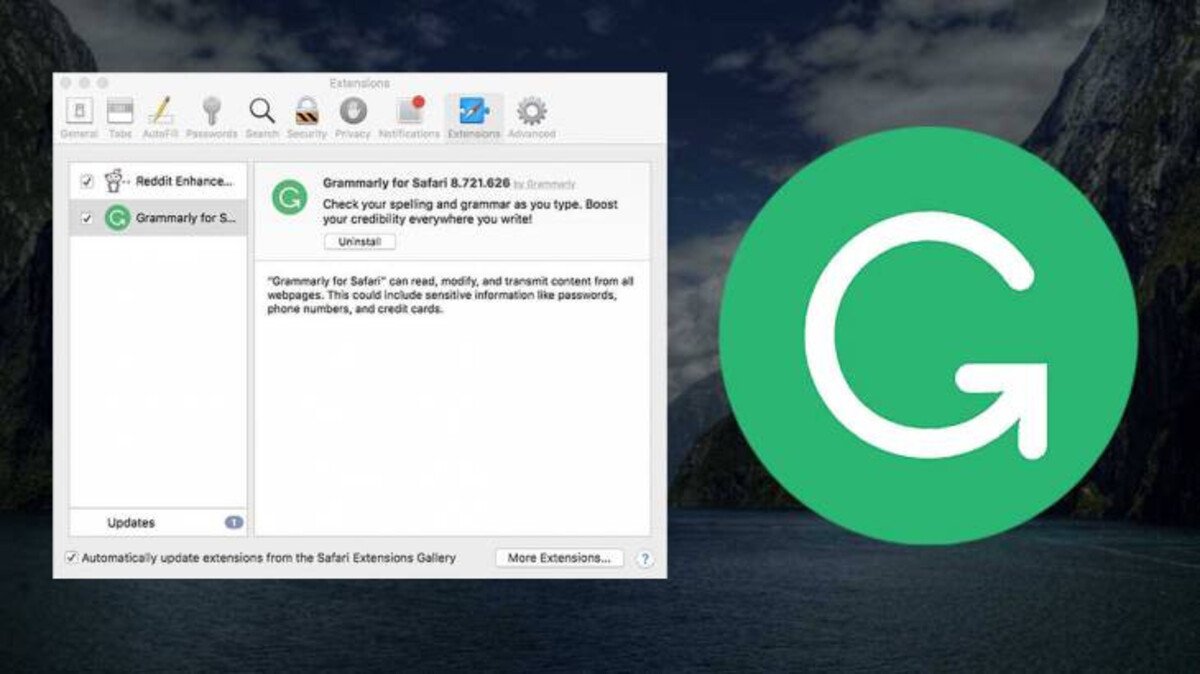Introduction
Have you ever found yourself with a cluttered screen, filled with multiple windows on your Mac? It can be overwhelming and hinder your productivity. Thankfully, there are several methods available to easily close all windows on your Mac. Whether you prefer using keyboard shortcuts or navigating through the graphical interface, we will walk you through each method step by step.
By learning these techniques, you can quickly clear your screen and start with a blank canvas, allowing you to focus on the task at hand without any distractions. Whether you’re a student, a professional, or just an everyday Mac user, mastering these methods will undoubtedly make your Mac experience more efficient and enjoyable.
So, let’s dive in and explore the different ways to close all windows on your Mac. From keyboard shortcuts to using the dock and even utilizing the terminal, we will cover everything you need to know. By the end of this article, you’ll have a range of options at your fingertips to quickly clear your screen clutter and regain your productivity.
Note: The methods described in this article apply to the latest macOS version. If you’re using an older version, some steps or terminology might vary slightly, but the overall concepts remain the same.
Method 1: Using the Keyboard
If you’re someone who prefers to navigate your Mac using keyboard shortcuts, this method will be right up your alley. macOS provides a handy keyboard shortcut that allows you to close all open windows of the currently active application.
To close all windows using the keyboard, follow these steps:
- Ensure that the application whose windows you want to close is active by clicking on one of its windows or selecting it from the Dock.
- Press the Command key along with the Option key and the letter W simultaneously. This keyboard shortcut, known as Command + Option + W, will instantly close all open windows of the active application.
This method is particularly useful when you have multiple windows open in an application, such as Safari with multiple tabs or a text editor with several documents. Instead of closing each window individually, this keyboard shortcut allows you to close them all in one swift action.
Additionally, it’s worth mentioning that this keyboard shortcut works on most applications on your Mac. However, some applications might have different keyboard shortcuts or may not support this feature at all. It’s always a good idea to check the application’s documentation or preferences to confirm the availability and functionality of this shortcut.
Lastly, remember that this keyboard shortcut closes all windows of the active application, so if you have multiple applications open, it will only close the windows of the currently active one. If you want to close all windows across different applications simultaneously, check out the other methods we’ll discuss in the next sections.
Method 2: Using the Dock
The Dock is a convenient and visually intuitive feature of macOS that allows you to quickly access your most frequently used applications. It also provides a straightforward way to close all windows of a specific application.
To close all windows using the Dock, follow these steps:
- Locate the application icon in the Dock for which you want to close all windows.
- Right-click (or Control-click) on the application icon. This will open a context menu.
- In the context menu, look for an option that says “Quit” followed by the application name. If there are multiple options, choose the one that specifies quitting and closing all windows (e.g., “Quit Safari and Close All Windows“).
- Click on the “Quit” option. This action will not only quit the application but also close all of its open windows, freeing up your screen space.
It’s important to note that using this method will not only close the windows but also exit the application completely. So make sure you’ve saved any unsaved work before proceeding.
Additionally, if you prefer using the mouse over keyboard shortcuts, this method provides a convenient and accessible way to close all windows. With just a few clicks, you can clear your screen and optimize your workspace.
Keep in mind that this method only works for closing windows of individual applications. If you want to close all windows of multiple applications simultaneously, you can explore the other methods we’ll discuss in the following sections.
Method 3: Using the App Switcher
The App Switcher is a handy feature on macOS that allows you to quickly navigate between open applications. It can also be used to close all windows of a particular application with just a few simple steps.
To close all windows using the App Switcher, follow these steps:
- Press and hold the Command key while pressing the Tab key on your keyboard. This action will open the App Switcher, displaying a row of icons representing currently open applications.
- While continuing to hold down the Command key, press the Tab key multiple times until the selection highlight reaches the application for which you want to close all windows.
- Release the Command key, and the selected application will come to the forefront, with all of its windows visible.
- Now, press the Command key along with the Option key and the letter W simultaneously. This keyboard shortcut, similar to the one in method one, Command + Option + W, will close all open windows of the selected application.
This method is especially useful when you have multiple applications open with several windows in each. It allows you to directly access and close all windows of a specific application without navigating through the Dock or minimizing other windows.
Furthermore, the App Switcher gives you a visual representation of all open applications, making it easier to switch between them and pinpoint the one you want to close windows for.
It’s important to note that the App Switcher also allows you to access additional features, such as accessing Exposé mode by pressing the Option key while in the App Switcher or closing applications directly from the switcher by pressing the Q key. Exploring these additional features can enhance your overall productivity and multitasking experience on macOS.
Method 4: Using Mission Control
Mission Control is a powerful feature in macOS that provides a comprehensive view of all open windows, applications, and spaces on your Mac. It’s a great tool for managing and organizing your workspace. In addition to that, Mission Control can be used to close all windows of a specific application effortlessly.
To close all windows using Mission Control, follow these steps:
- Invoke Mission Control by either pressing the F3 key on your keyboard, or using a three-finger swipe upwards on your trackpad or Magic Mouse.
- In Mission Control, locate the application whose windows you want to close. You can identify it by the thumbnail images displayed.
- Hover your cursor over the thumbnail of the application you wish to close windows for. A close button (represented by an “x”) will appear at the top-left corner of each application’s thumbnail. Click on the close button for the desired application.
By using Mission Control to close all windows, you can quickly clear your screen and regain focus without having to navigate through multiple applications or individual windows. It provides a visual and organized way to manage and close windows, keeping your workflow seamless and efficient.
Furthermore, Mission Control offers additional functionalities, such as creating and managing virtual desktops (known as Spaces) or rearranging and grouping windows. Exploring these features can enhance your productivity and help you customize your workspace according to your preference.
It’s worth noting that Mission Control is customizable, and you can adjust its settings to suit your workflow. For example, you can configure hot corners to activate Mission Control or enable a keyboard shortcut for quick access. To explore these settings, visit the “Mission Control” section in your Mac’s System Preferences.
Method 5: Using the Terminal
If you’re comfortable with using the command-line interface on your Mac, you can use the Terminal to close all windows. This method is particularly useful if you want to automate the process or if you prefer using commands instead of graphical interfaces.
To close all windows using the Terminal, follow these steps:
- Open the Terminal application on your Mac. You can find it in the “Utilities” folder within the “Applications” folder, or you can use spotlight search by pressing Command + Space and typing “Terminal”.
- In the Terminal window, type the following command:
osascript -e 'tell application "System Events" to set quitapps to name of every process whose visible is true and name is not "Finder"' - Press the Return key to execute the command.
- The Terminal will display a list of running applications. Review the list to ensure that it includes the applications whose windows you want to close.
- Type the following command to close all windows of the listed applications:
osascript -e 'tell application "System Events" to tell process "ApplicationName" to click (every window whose value of attribute "AXCloseButton" is true)'
Replace “ApplicationName” with the name of the application (e.g., Safari, Chrome, TextEdit) for which you want to close the windows. - Press the Return key to execute the command. This action will close all windows of the specified application.
Using the Terminal might seem intimidating if you’re not familiar with it, but it offers a powerful and efficient way to interact with your Mac. Automating certain tasks using commands can save you time and effort, especially when dealing with multiple windows or applications.
Keep in mind that using the Terminal to close windows requires executing specific commands, and any mistakes or incorrect commands can have unintended consequences. Therefore, it’s crucial to double-check the commands and follow the instructions carefully.
Additionally, if you’re new to the Terminal, it’s a good idea to explore more about it and learn basic commands before attempting more advanced actions. This will help you navigate and leverage the full potential of the command-line interface on your Mac.
Conclusion
Having a cluttered screen with multiple open windows can be overwhelming and hinder your productivity on a Mac. However, with the various methods discussed in this article, you now have a range of options to quickly close all windows and regain focus on your tasks.
Whether you prefer using keyboard shortcuts, navigating through the Dock, utilizing the App Switcher, leveraging Mission Control, or even venturing into the Terminal, each method provides a convenient way to clear your screen clutter and optimize your workspace.
By mastering these methods, you can streamline your workflow, enhance your productivity, and create a more organized and efficient Mac experience. Choose the method that best suits your preferences and workflow, and practice using it regularly to make it a seamless part of your routine.
Remember, while these methods are effective for closing windows of specific applications, make sure to save any unsaved work before proceeding to avoid data loss or disruptions to your workflow.
To get the most out of your Mac, feel free to explore other features and functionalities beyond closing windows, such as managing virtual desktops in Mission Control, customizing keyboard shortcuts, or utilizing automation tools in the Terminal.
Now that you have these valuable tools at your disposal, you can keep your screen organized and create a focused working environment on your Mac. Clear the clutter, simplify your workflow, and enjoy a more productive and enjoyable computing experience.










